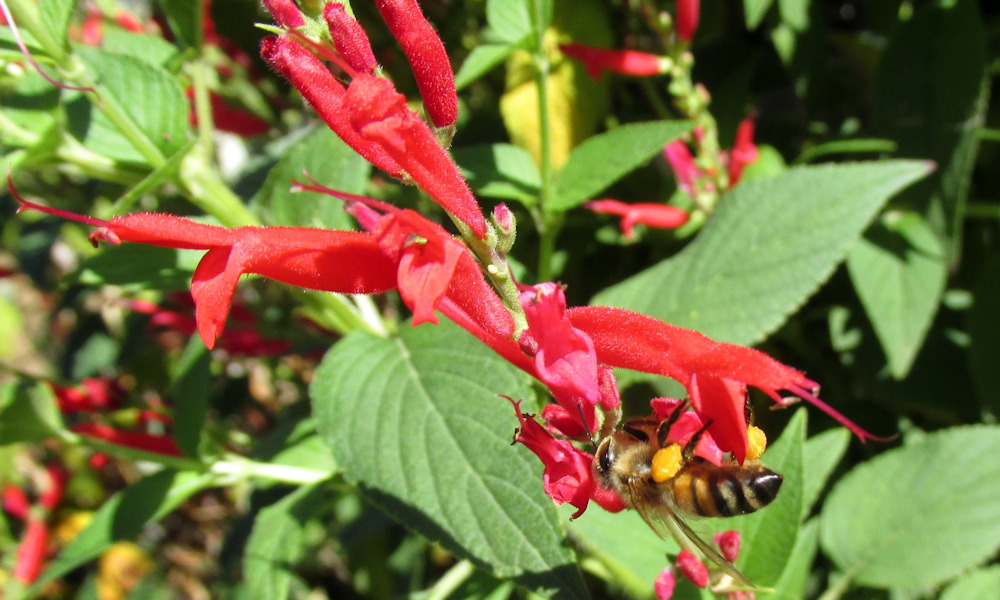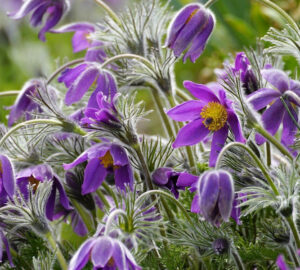Imagine a plant that not only graces your garden with its vibrant red flowers and fragrant leaves but also captures the essence of a tropical paradise. Meet pineapple sage, an enchanting herb that adds a touch of the exotic to your green haven. In this article, we’ll delve into the origins, characteristics and care tips for this delightful plant, as well as uncover intriguing facts that make it a fascinating addition to any garden.
Origin and Global Availability
Pineapple sage, scientifically known as Salvia elegans, hails from the highlands of Central America, particularly Mexico and Guatemala. Its natural habitat lies in the cool mountains, but it has been embraced worldwide due to its ornamental beauty and culinary uses. This plant, cherished for its pineapple-like fragrance and vibrant red tubular flowers, has found a home in gardens spanning from North America to Europe and beyond.

Unveiling Pineapple Sage’s Allure
Pineapple sage stands out with its vibrant green, lance-shaped leaves and its tall, slender stems adorned with clusters of brilliant red, tubular flowers. These flowers, which bloom in late summer and fall, are a magnet for pollinators, particularly hummingbirds and butterflies. The real magic, however, lies in the leaves. When touched or brushed, the leaves release a sweet, tropical pineapple scent that lingers in the air, making it an aromatic treasure in your garden.
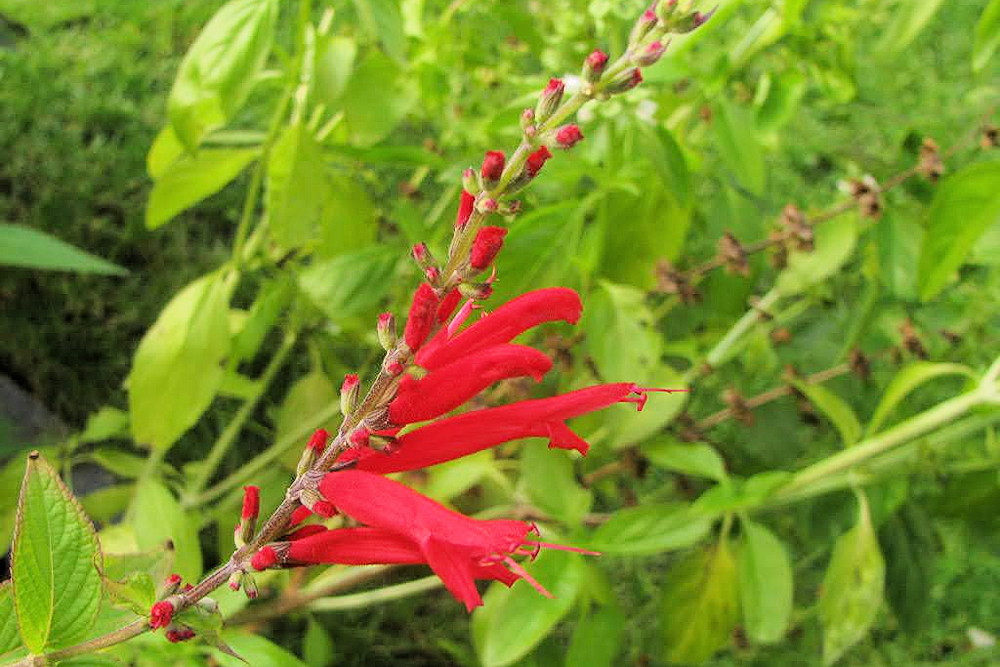
Meeting the Needs of Pineapple Sage
- Light: Pineapple sage thrives in full sun but can tolerate light shade.
- Soil: Well-draining, fertile soil is essential for this plant’s growth. It appreciates slightly acidic to neutral soil.
- Water: Keep the soil consistently moist but not waterlogged. Be mindful of dry spells, as pineapple sage doesn’t like to stay parched.
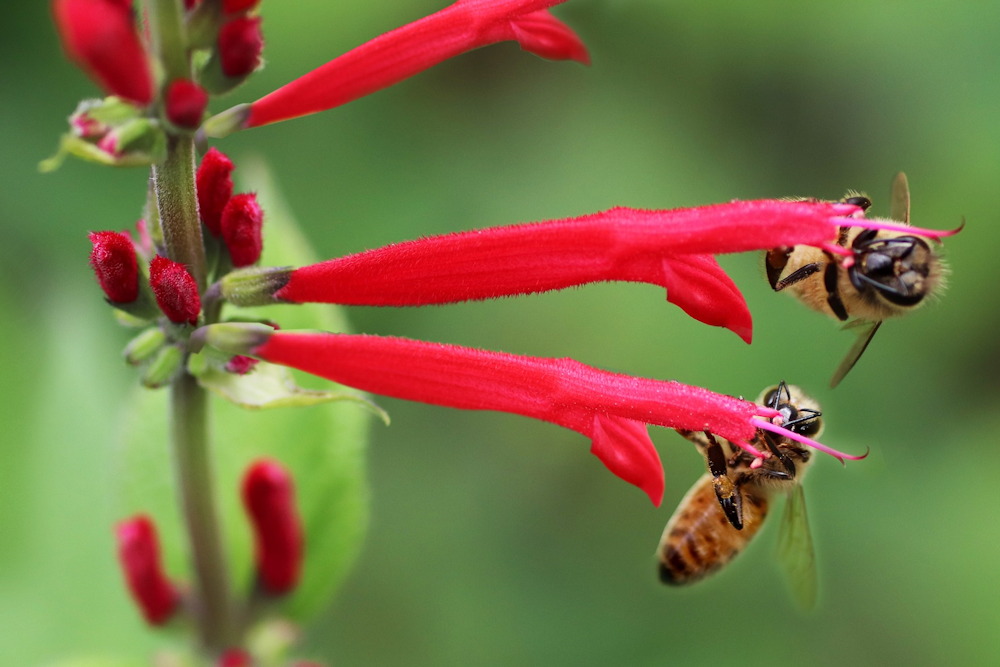
Caring for Your Pineapple Sage
- Pruning: Regularly trim the plant to encourage bushiness and prolific flowering.
- Fertilization: Feed it with a balanced, slow-release fertilizer during the growing season to promote healthy growth.
- Winter Protection: In colder climates, consider overwintering your pineapple sage indoors or mulch it heavily to protect the roots.
- Companion Planting: It pairs well with other herbs and ornamentals, such as basil and lavender, in your garden.
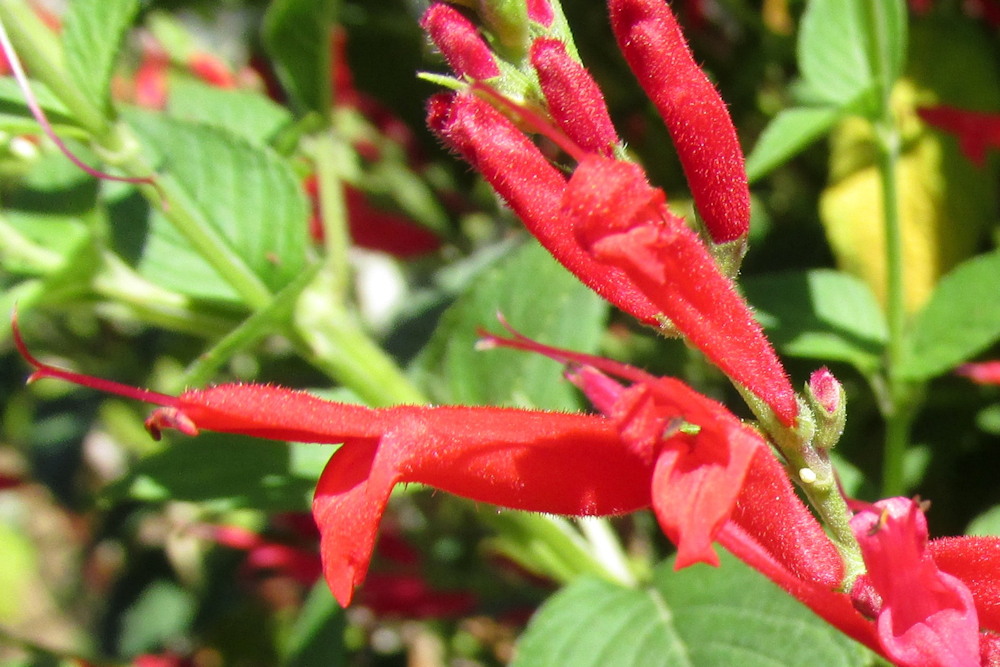
Unlocking the Mystique: Nature’s Fragrant Treasure
Before we dive into the fascinating world of pineapple sage, let’s unravel five captivating tidbits that make this herb a true gem in the garden.
- Culinary Delight: Pineapple sage leaves are edible and make a delicious addition to salads, fruit dishes and beverages.
- Medicinal Uses: Traditionally, pineapple sage has been used for its soothing properties, particularly in tea for sore throats and digestive discomfort.
- Pollinator paradise: As a magnet for hummingbirds and butterflies, it supports biodiversity in your garden.
- Tea Time: Pineapple sage leaves make a delightful herbal tea with their pineapple flavor and subtle citrus notes.
- Festive Decor: Its vibrant red flowers are perfect for adding a pop of color to holiday arrangements.
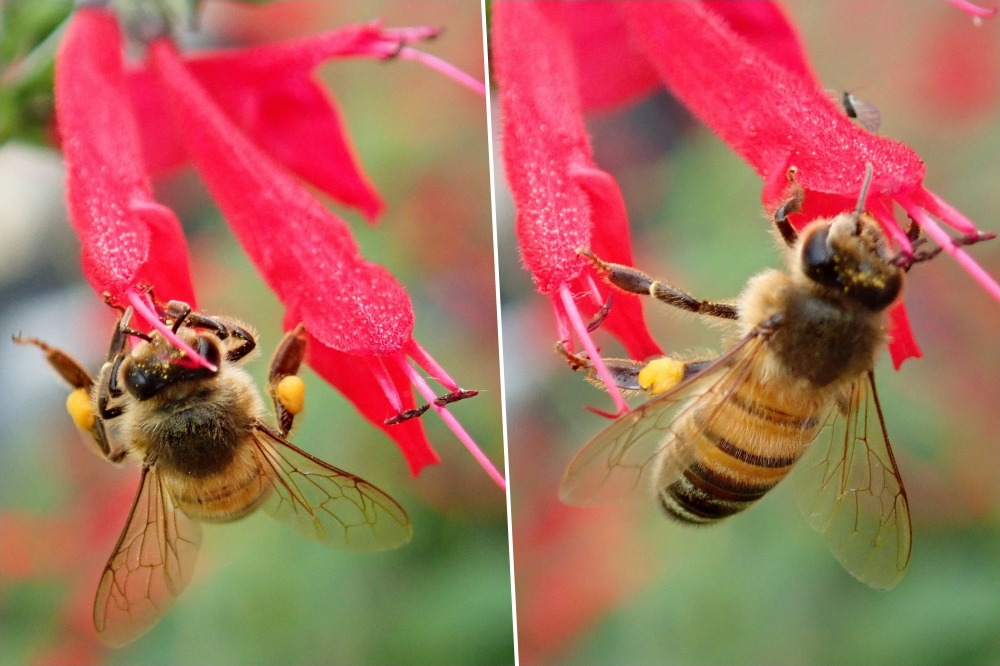
Savoring the Exotic in Your Garden
In your quest to create a thriving garden, consider adding the enchanting pineapple sage. It’s not just an ornamental beauty; it’s a sensory delight, and its versatility extends beyond aesthetics. Embrace this aromatic wonder, and you’ll be rewarded with not only the sweet fragrance of the tropics but also a slice of paradise in your very own garden.



